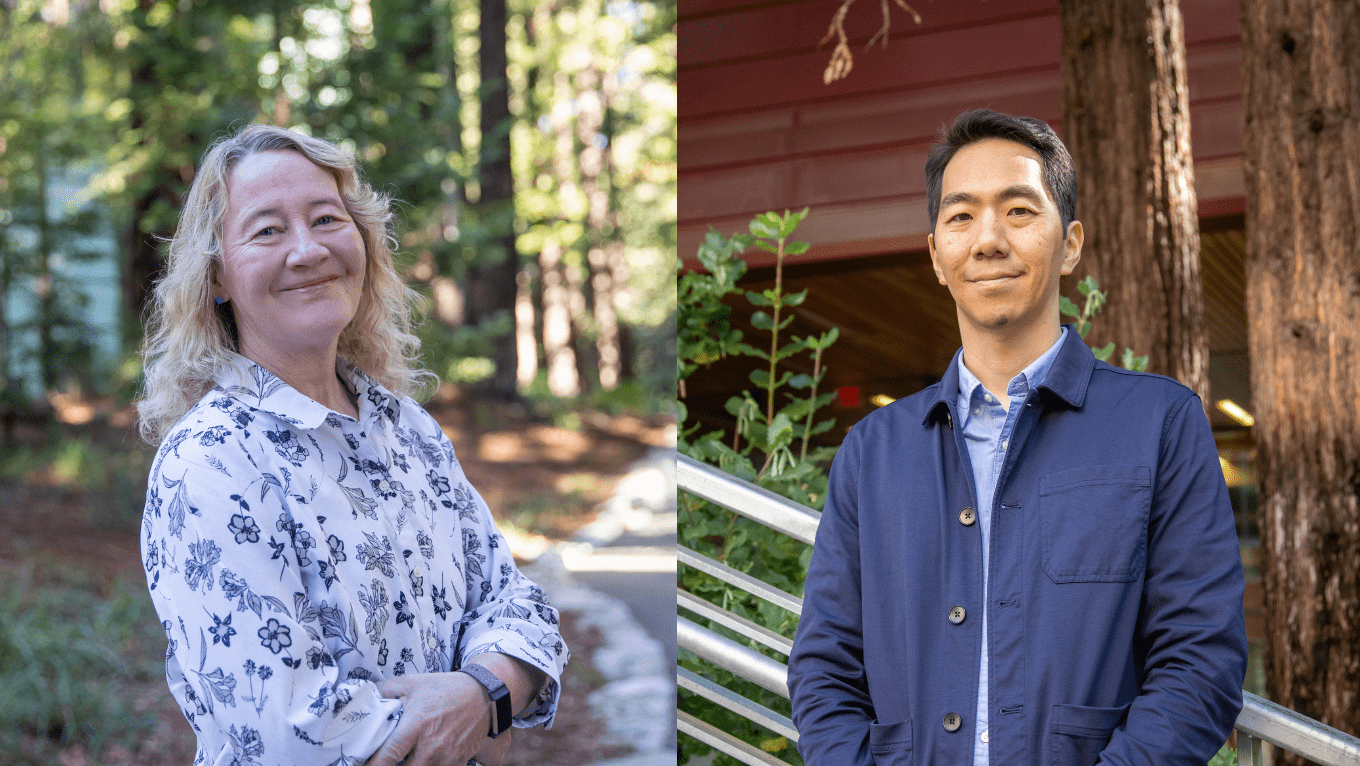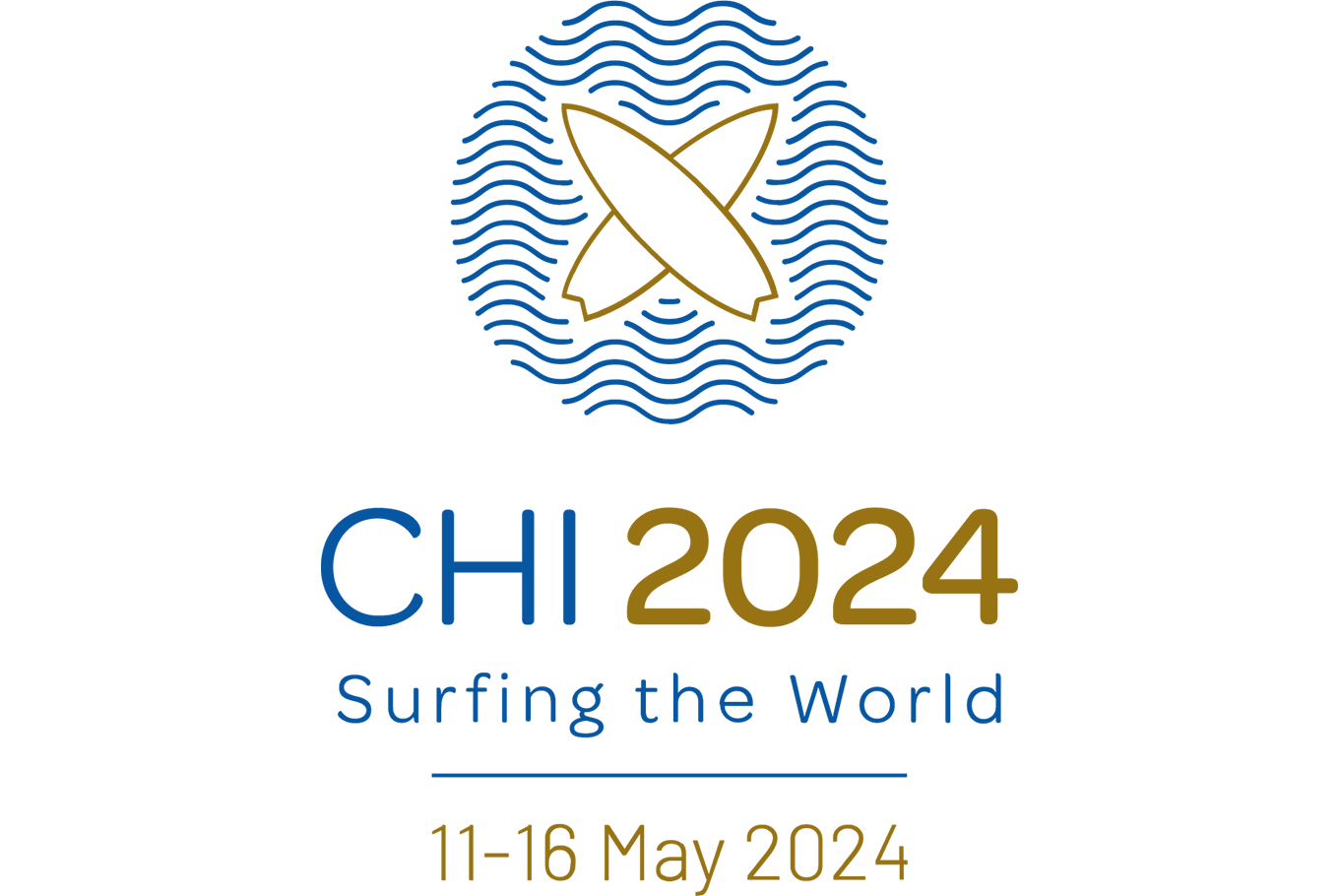Shedding light on disease

Scientist Andy Yeh was awarded a nearly $2.5 million grant to develop artificial enzymes that can produce bioluminescence in the body—which could make it possible to image tumors in deep tissues during the earliest phases of disease.
Featured News
In the Media
Interested in receiving a monthly roundup of the latest Baskin Engineering news stories?
More Baskin News & Awards
Video Spotlight
Media Contact:
Emily Cerf
- Title
- Engineering Writer and Media Relations Officer
- Phone
- (415) 306-3483
- Campus Email



